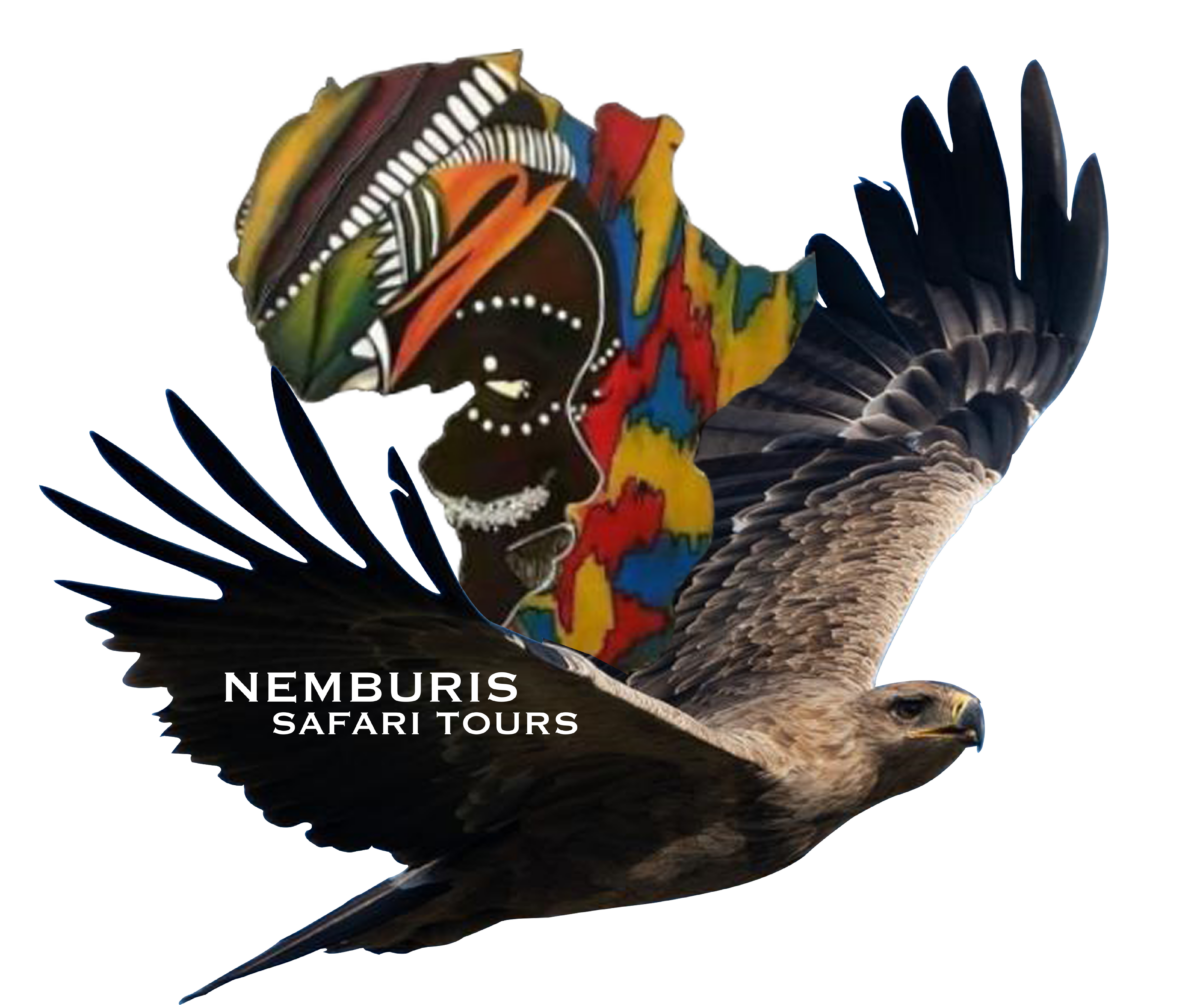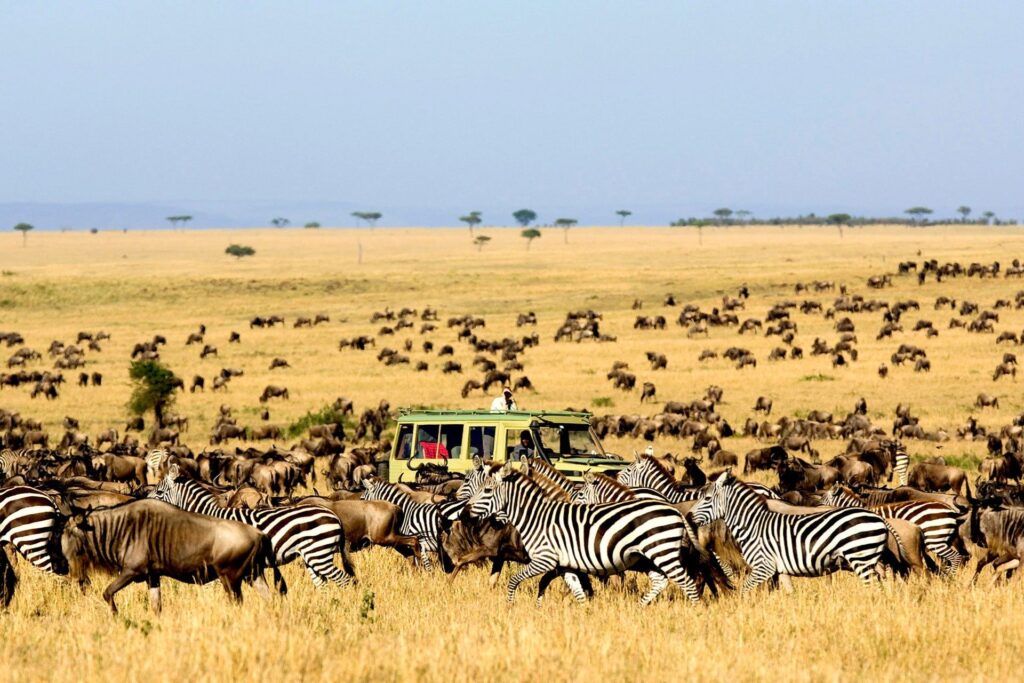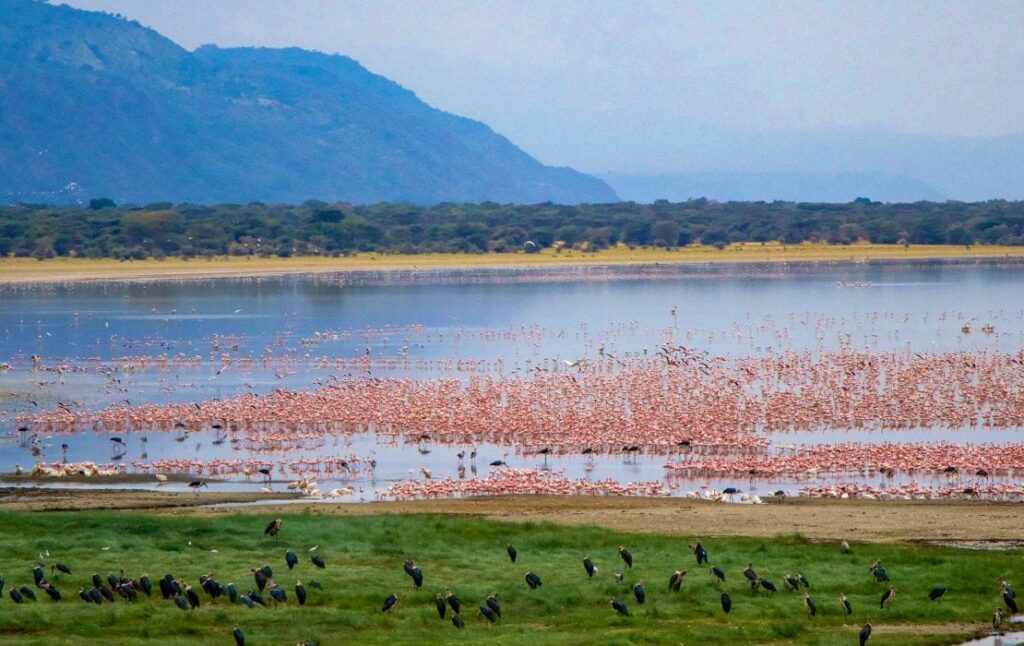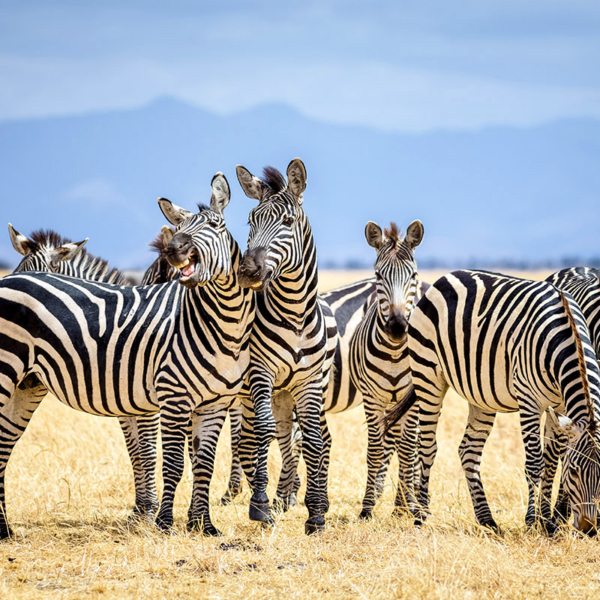 KNOW THE CLASSIC AFRICAN SAFARI DESTINATIONS
KNOW THE CLASSIC AFRICAN SAFARI DESTINATIONS
Unquestionably one of the top safari destinations in Africa, Tanzania offers an excellent wildlife experience.
The ideal place to go on a safari is Tanzania because of its breathtaking scenery and home National Park, which is what most people think of when they imagine an African safari.
Treat yourself to a tour of Tanzania
and enjoy a genuine African safari experience!
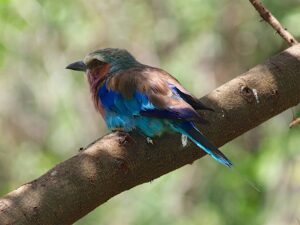
Lake Manyara National Park:
Between Lake Manyara and the Great Rift Valley in Tanzania’s Arusha and Manyara Regions sits Lake Manyara National Park, a protected region. It has a total size of 325 km2 (125 sq mi), including a lake surface area of roughly 230 km2 (89 sq mi), and is managed by the Tanzania National Parks Authority. On the lake, more than 350 different bird species have been observed.
It was designated a national park in 1960, and its southernmost 1,400 acres were added in 1974. The Gregory Rift wall to the west and the alkaline Lake Manyara to the east form a narrow strip that makes up the majority of the park’s land area. Only the northwest quadrant of the lake, or about 77 sq mi, is included in the national park. It is a component of the much bigger Lake Manyara Biosphere Reserve, which was created by UNESCO as part of its Man and the Biosphere Program in 1981.
At 960 m (3,150 ft) above sea level, Lake Manyara is a small, alkaline lake that formed in a depression of the Rift Valley System. When full, the lake fills two-thirds of the park and is up to 10 feet (3 meters) deep. The lake has no drainage, although it receives water from multiple perennial streams that drain the nearby Ngorongoro Highlands as well as from underground springs. Both the lake’s depth and its surface size are highly variable. The lake’s surface area decreases during extremely dry spells as the water evaporates, and occasionally the lake has totally dried up.
Other features include a hippopotamus pool at the northern end of the lake and two hot springs, one near the center of the park and the other near the southern edge. On the western banks of Lake Manyara, there is a hot spring known as Maji Moto hot water springs. This 60 °C geothermal feature is created when subsurface water from the huge rift valley travels through hot volcanic lava rocks.
With approximately 670 blooming plant and fern species recorded, the flora of Lake Manyara National Park is rich. There are few uncommon or endemic species; the majority are ubiquitous species.
There are numerous varied habitats in the park. Tall, evergreen groundwater forests with a predominance of Broad-Leaved Croton, sycamore fig, quinine tree, and forest toad-tree are supported by rivers pouring off the escarpment and perennial springs below the rift wall. The greatest concentration of trees can be found in gorges, among streams, and where springs first appear. Dense stands of palm and yellow fever trees are present along the groundwater forest’s boundary.
During the rainy season, thousands of flamingos gather to graze along the lake’s edge in the Lake Manyara National Park. There are known to be around 40 different species of birds of prey. Although flamingos and other water birds are typically only seen in small numbers during the dry season, the national park is home to over 390 different species of birds in total.
Large migratory mammal populations, including as wildebeest, zebra, and gazelles, are predominantly concentrated in Tarangire National Park but also pass via Lake Manyara National Park.
The alkaline grasslands surrounding the lake are the only place where wildebeest graze, and their numbers are at their peak in the dry season before declining to small resident groups in the rainy season. Zebra, bushbuck, waterbuck, gazelle, impala, cape buffalo, giraffe, hippopotamus, baboon, warthog, and elephant are some of the herbivores found in Lake Manyara National Park.
The lion, leopard, african wild cat, spotted hyena, black-backed jackal, bat-eared fox, serval, honey badger, african civet, genet species, and various mongoose species are among the predators found in Lake Manyara National Park.
Occasionally, cheetahs and african golden cats are seen.
In the park, there are over 180 species of butterflies that have been identified.
It takes an hour and a half to drive from Arusha to the 126 km (78 mi) south-west location of Lake Manyara National Park. The park is also accessible from Babati, the Manyara Region’s capital. Nearby lies the Lake Manyara Airport. The 35,399 ha Marang Forest Reserve sits to the south, perched on the slope above the park. Through the Kwa Kuchinja Wildlife Migration Corridor, which is to the east, wildlife can move between the Engaruka Basin to the north, the nearby Tarangire National Park to the southeast, and Lake Manyara to the west.
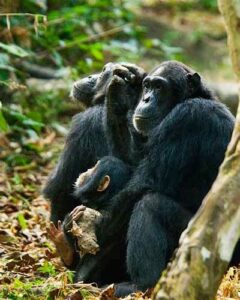
Mahale Mountains National Park:
Tanzania’s Mahale Mountains National Park is located in the Uvinza District of the Kigoma Region, on the eastern bank of Lake Tanganyika.
The park, which was given its name after the Mahale Mountains range that is inside its boundaries, includes a number of interesting features. It is one of only two chimpanzee protected zones in the nation. The eastern chimpanzee population in Mahale Mountains National Park is the largest known population, and because of the park’s vastness and isolation, the chimps thrive there.
Chimpanzees and lions coexist there as well. The park’s uniqueness also lies in the fact that it is one of the few in Africa that can only be visited on foot. The sole access to and from the park is by boat on the lake as there are no roads or other forms of infrastructure there.
The Batongwe and Holoholo peoples, with respective numbers of 22,000 and 12,500 in 1987, have long lived in the Mahale mountains. Despite the fact that the locals had a keen awareness of their surroundings and had little impact on the ecology, they were forcibly relocated from the mountains in 1979 when the Mahale Mountains Wildlife Research Center was established. The park opened in 1985.
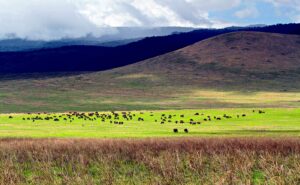
Ngorongoro Conservation Area:
The Ngorongoro Conservation Area is a protected area in northern Tanzania’s Crater Highlands geological region, 180 km (110 mi) west of Arusha City in Ngorongoro District in the Arusha Region.
Ngorongoro Crater, a sizable volcanic caldera in the region, is the source of the name for the region. The conservation area is managed by the Ngorongoro Conservation Area Authority, an agency of the Tanzanian government, and its borders coincide with those of the Ngorongoro District in the Arusha Region.
The Great Movement, a vast yearly migration of millions of wildebeest, zebras, gazelles, and other species, takes place in the region consisting of the two parks and Kenya’s Maasai Mara game reserve. The western portion of the park borders the Serengeti National Park.
Because it is the only conservation area in Tanzania that protects wildlife while allowing human habitation, the conservation area land is multi-use and special. To avoid having an adverse impact on the animal population, land use is regulated. For example, anything but subsistence levels of farming are forbidden.
The region, which is a part of the Serengeti ecosystem, is bordered to the northwest by the SNP and the southern Serengeti plains. The Maasai’s transhumance pastoralism keeps these grasslands, which continue north into the unprotected Loliondo division, accessible to wildlife.
Volcanic highlands may be found to the south and west of the region, including the well-known Ngorongoro Crater and the less well-known Empakaai Crater. The rim of the East African Rift wall, which also restricts animal migration in these directions, roughly defines the southern and eastern bounds.
The Ngorongoro Crater, the biggest dormant, undamaged, and unfilled volcanic caldera in the world, is the centerpiece of the Ngorongoro Conservation Authority. The crater is 610 meters (2,000 feet) deep, with a floor area of 260 square kilometers (100 square miles), and it was created when a sizable volcano erupted and collapsed on itself. The original volcano’s height is thought to have been between 4,500 and 5,800 meters (14,800 and 19,000 ft) high. 1,800 meters (5,900 ft) above sea level marks the crater floor. In Arusha, Tanzania, in February 2013, Seven Natural Wonders selected the crater as one of the Seven Natural Wonders of Africa.
A major water source in the crater is the Ngoitokitok Spring, near the eastern crater wall. There is a picnic site here open to tourists and a huge swamp fed by the spring, and the area is inhabited by hippopotamuses, elephants, lions, and many others. Many other small springs can be found around the crater’s floor, and these are important water supplies for the animals and local Maasai, especially during times of drought.
The crater is home to nearly 25,000 big animals, predominantly ungulates. Black rhinoceros, African buffaloes, often known as Cape buffaloes, and hippopotamuses are among the large creatures that can be found in the crater. There are numerous additional ungulates, including gazelles, elands, zebras, and blue wildebeests. Most often found close to Lerai Forest, waterbucks. Giraffe, Impala, Topi, Oribi, and crocodile aren’t present.
Most wildlife species have a strong resident population in the Ngorongoro Conservation Area. Strong cheetah and lion populations can be found west of the protection area around Ndutu Lake. Hartebeest, spotted hyenas, and jackals are all frequent visitors to the region. It’s possible that the African wild dog population has recently decreased. The lowlands to the west of the Ngorongoro Crater are heavily populated with servals.
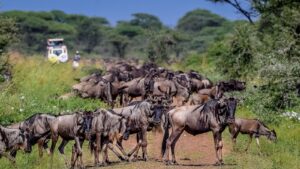
Serengeti National Park:
Northern Tanzania is home to the expansive Serengeti National Park, which covers an area of 5,700 sq mi. It spans more than 1,500,000 hectares (3,700,000 acres) of virgin savanna and is situated in the eastern Mara Region and the northeastern Simiyu Region. The park opened its doors in 1940.
Over 1.5 million blue wildebeest, 250,000 zebra, and smaller herds of gazelles and eland make up the largest annual animal migration in the world in the Serengeti. The largest lion population in Africa may be found in the national park.
The Maasai term siringet, which means “the place where the land stretches on forever,” is a close translation to the name “Serengeti” given to the region.
The lion population in this habitat is above 3,000. 5.41 are thought to make up every 39 square miles of the African leopard population during the dry season.
Due to poaching, African Bush Elephant herds had a low population in the 1980s. Also, the number of African Buffalo decreased between 1976 and 1996, however it increased by 2008. Less than 70 black rhinoceros remain in the park now after poaching decimated the species’ population in the 1980s. Rhinos mostly consume grasses, woody shrubs and phorbs like Acacia, Indigofera, and Crotalaria, and grasses.
The Cheetah, spotted hyena, black-backed jackal, African golden wolf, honey badger, striped hyena, caracal, serval, banded mongoose, and two species of otters are among the other carnivorous mammals. After going extinct in the region in 1991, the African wild dog was brought back in 2012. Hippopotamus, common warthog, aardvark, aardwolf, common genet, zorilla, african striped weasel, bat-eared fox, ground pangolin, crested porcupine, three kinds of hyraxes, and cape hare are some more mammals. In the forests of the Grumeti River, primates like yellow and olive baboons, patas monkeys, vervet monkeys, and mantled guereza are also present.
There are several different types of reptiles, such as the Nile crocodile, leopard tortoise, serrated hinged terrapin, rainbow agama, Nile monitor, Jackson’s chameleon, African python, black mamba, black-necked spitting cobra, and puff adder.
Also, over 500 bird species can be seen such as maasai ostrich, secretarybird, kori bustards, helmeted guineafowls, grey-breasted spurfowl, blacksmith lapwing, african collared dove, red-billed buffalo weaver, southern ground hornbill, crowned cranes, sacred ibis, cattle egrets, black herons, knob-billed ducks, saddle-billed storks, white stork, goliath herons, marabou storks, yellow-billed stork, spotted thick-knees, lesser flamingo, shoebills, abdim’s stork, hamerkops, hadada ibis, african fish eagles, pink-backed pelicans, tanzanian red-billed hornbill, martial eagles, egyptian geese, lovebirds, spur-winged geese, oxpeckers, and several species of vultures.
Grassland plains, savanna, riverine forest, and woodlands make up the park’s 5,700 square miles. The Maasai Mara National Reserve is connected to the park, which is located in northwest Tanzania and is bordered to the north by the Kenyan border.
The Serengeti Plain has a very diverse landscape, with savannah, hilly woodlands, and open grasslands all present. The region’s diverse geography is a result of the harsh weather patterns that frequently occur there, particularly the dangerous interaction of heat and wind. The numerous volcanoes that erupted in the area and added mountains and craters to the landscape are thought to be the source of the region’s diverse habitats.
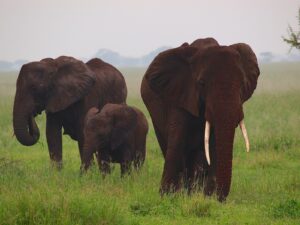 Tarangire National Park:
Tarangire National Park:
Tanzania’s Manyara Region contains Tarangire National Park. The Tarangire River, which runs through the park, gave it its name. During the yearly dry season, the Tarangire River serves as the main supply of fresh water for wildlife in the Tarangire Ecosystem. Wildebeest and zebras’ extensive long-distance migration is what gives the Tarangire Ecosystem its name. Thousands of animals from the nearby wet-season dispersal and calving zones congregate in Tarangire National Park during the dry season.
About 2,850 square kilometers (1,100 square miles) make up its surface. Granitic ridges, river valleys, and wetlands make to the topography. Acacia forest, Combretum woodland, periodically flooded grassland, and baobab trees make up the vegetation.
Elephants are abundant in the park, which is also known for its baobab trees. During the dry months of June to November, visitors to the park can anticipate seeing vast herds of zebra, wildebeest, and cape buffalo. Waterbuck, giraffe, dik dik, impala, eland, Grant’s gazelle, vervet monkey, banded mongoose, and olive baboon are among other common residents. African wild dogs, lions, leopards, cheetahs, caracals, honey badgers, and other predators can be found in Tarangire.
Tarangire is home to the oldest elephant to ever give birth to twins. An excellent illustration of how the birth of these two healthy and thriving twins might defy the odds is the recent birth of elephant twins in Tanzania’s Tarangire National Park.
The park is a sanctuary for bird enthusiasts, hosting more than 550 different species of birds. The termite mounds that dot the landscape in the park are also well-known. The dwarf mongoose frequently live in those that have been abandoned. 2015 saw the discovery of a leucism-related white giraffe in the park. Maasai giraffe and African bush elephant are the main subjects of wildlife studies.
The protected area has been a recognized Lion Conservation Unit since 2005. Paved road south from Arusha will take you to Tarangire National Park in less than two hours. Tarangire is located 70 kilometers (43 miles) from Lake Manyara National Park.
🌍KARIBU (WELCOME)🌍
